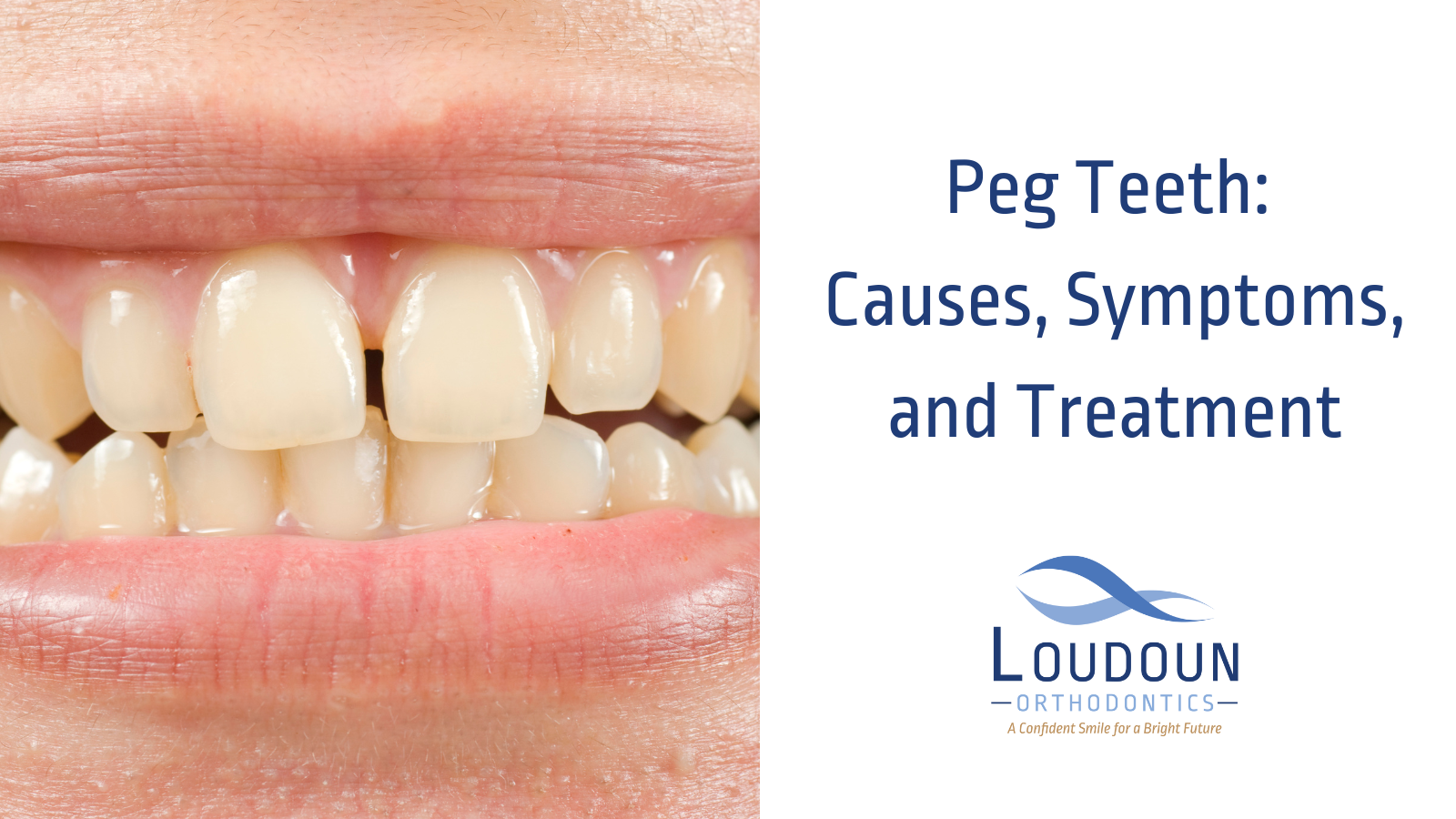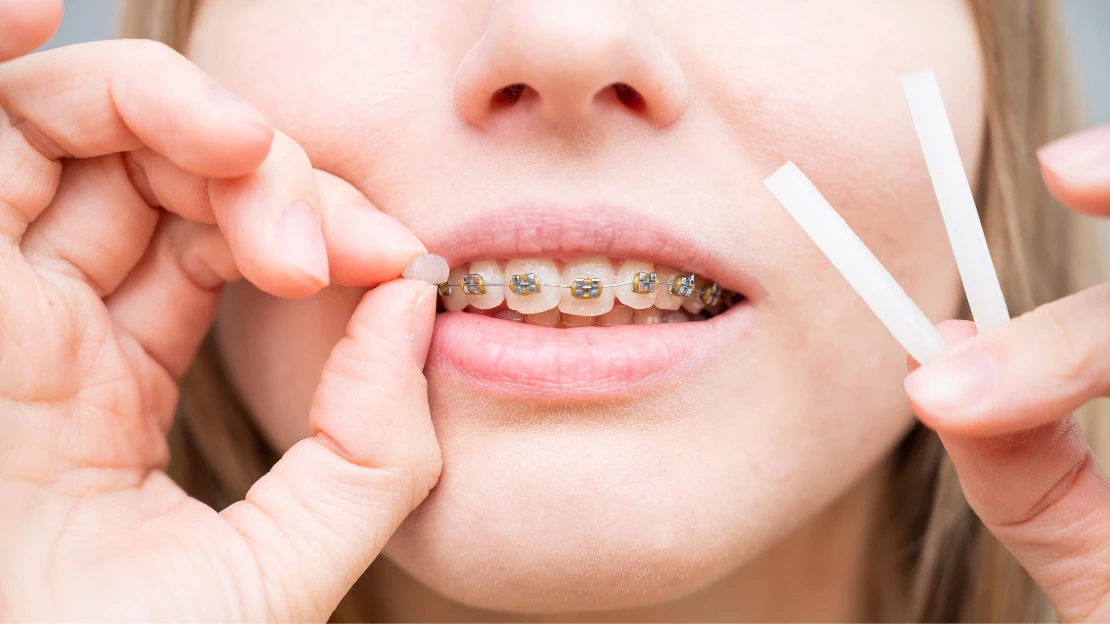3 Easy Facts About Legacy Orthodontics Shown
3 Easy Facts About Legacy Orthodontics Shown
Blog Article
Everything about Legacy Orthodontics
Table of ContentsThe Only Guide to Legacy OrthodonticsThe Main Principles Of Legacy Orthodontics Legacy Orthodontics Things To Know Before You BuyThe Facts About Legacy Orthodontics Revealed8 Simple Techniques For Legacy Orthodontics
In enhancement, we supply adjustable treatment timetables, versatile payment alternatives and an enjoyable, delightful experience.An orthodontist is a dental expert educated to identify, protect against, and treat teeth and jaw irregularities. Orthodontists work with people of all ages, from children to adults.
Malocclusion, or misaligned teeth, can cause oral issues, including tooth degeneration, gum tissue illness, and tough or agonizing chewing. Not everyone is birthed with straight teeth. If you have a poor bite or big spaces between your teeth, you might wish to consult a dental practitioner focusing on orthodontic treatment.
The Main Principles Of Legacy Orthodontics
( Image Debt: DigitalVision/Getty Images) Orthodontists make use of repaired and removable dental gadgets, like dental braces, retainers, and bands, to transform the position of teeth in your mouth. Orthodontic treatment is for oral abnormalities, consisting of: Misaligned teethBite troubles, like an overbite or an underbiteCrowded teeth or teeth that are as well much apartJaw misalignmentThe objective of orthodontic treatment is to boost your bite.
A healthy and balanced bite ensures you can eat, chew, and speak properly. While you might think about orthodontists as mainly for children or young adults who need dental braces, they can remedy dental issues at any kind of age. Orthodontists attend college, oral school, and orthodontic institution. After college graduation, they invest 2 or 3 years in an orthodontic residency program.
All orthodontists are dental practitioners, but not all dental professionals are orthodontists. Orthodontic residency programs use extensive, concentrated direction for oral specialists. They concentrate on two locations: Just how to effectively and securely move teeth Exactly how to appropriately assist advancement in the teeth, jaw, and faceOnce an orthodontist has finished training, they have the option to become board licensed.
The Main Principles Of Legacy Orthodontics
Imbalance, or malocclusion, is the most common reason individuals see an orthodontist. It is genetic and is the outcome of size differences in between the upper and reduced jaw or in between the jaw and teeth. Malocclusion results in tooth overcrowding, an irregular jaw, or uneven bite patterns. Malocclusion is generally treated with: Your orthodontist attaches metal, ceramic, or plastic square bonds to your teeth.
If you have just small malocclusion, you might be able to make use of clear dental braces, called aligners, rather than typical dental braces (https://ameblo.jp/legacyortho/entry-12869554383.html). Some people require a headgear to help move teeth right into line with pressure from outside the mouth. After braces or aligners, you'll require to wear a retainer. A retainer is a customized tool that maintains your teeth in location.
They're frequently used on children. They can create extra space in the mouth without having to pull teeth. If you visit this page have a serious underbite or overbite, you could need orthognathic surgical procedure (also called orthodontic surgical treatment) to extend or shorten your jaw. Orthodontists utilize cords, medical screws, or plates to support your jaw bone.
You might require to see an orthodontist if you have: Crowding or otherwise adequate area for all of your teethOverbite, when your upper teeth come over your base teethUnderbite, when your base teeth are as well far forwardSpacing or problems with gapsCrossbite, which is when your upper teeth fit behind your bottom teeth when your mouth is closedOpen bite or a vertical space between your front base and upper teethMisplaced midline, when the facility of your bottom and top teeth don't align Dealing with an oral malocclusion can: Make attacking, eating, and speaking easierImprove the symmetry of our face and your total appearanceEase discomfort from temporomandibular joint disordersSeparate your teeth and make them simpler to clean, aiding stop dental caries or dental caries It's usually a dental practitioner that first notices misaligned teeth throughout a regular test.
More About Legacy Orthodontics

Throughout your initial orthodontic appointment, you'll likely have: A dental examPhotos taken of your face and smileDental X-raysPanoramic (360 level) X-rays of your face and headImpressions to produce mold and mildews of your teethThese examinations will certainly assist your orthodontist understand how to continue with your treatment. orthodontics. An orthodontist is a dental professional who's had training to treat your teeth and jaw
Orthodontists might perform surgical procedure, exams,X-rays,and even more to assist you achieve an extra comfy, much healthier smile. An orthodontist is focused on your bite, so something like a cracked tooth would certainly be managed by a dental expert. Orthodontists are dentists yet not all dental practitioners are orthodontists. Orthodontists are concentrated on your bite, or the means your teeth fit together, and the straightness of your teeth.
Ever before wondered how stars always seem to have flawlessly lined up teeth? The solution commonly hinges on the proficient hands of an orthodontist. However just what does an orthodontist do? Orthodontists are oral specialists that concentrate on remedying irregularities in the teeth and jaws. Their proficiency exceeds simply producing a gorgeous smile; it expands to enhancing your overall oral health and feature.
5 Easy Facts About Legacy Orthodontics Explained

, orthodontists have a varied toolkit at their disposal. These tried-and-true dental braces utilize a system of brackets adhered to the teeth and attached by wires.
These detachable trays are tailor-made to gradually change the teeth's placement. In situations of narrow jaws, palatal expanders can be used to develop area for appropriate tooth positioning.
Report this page